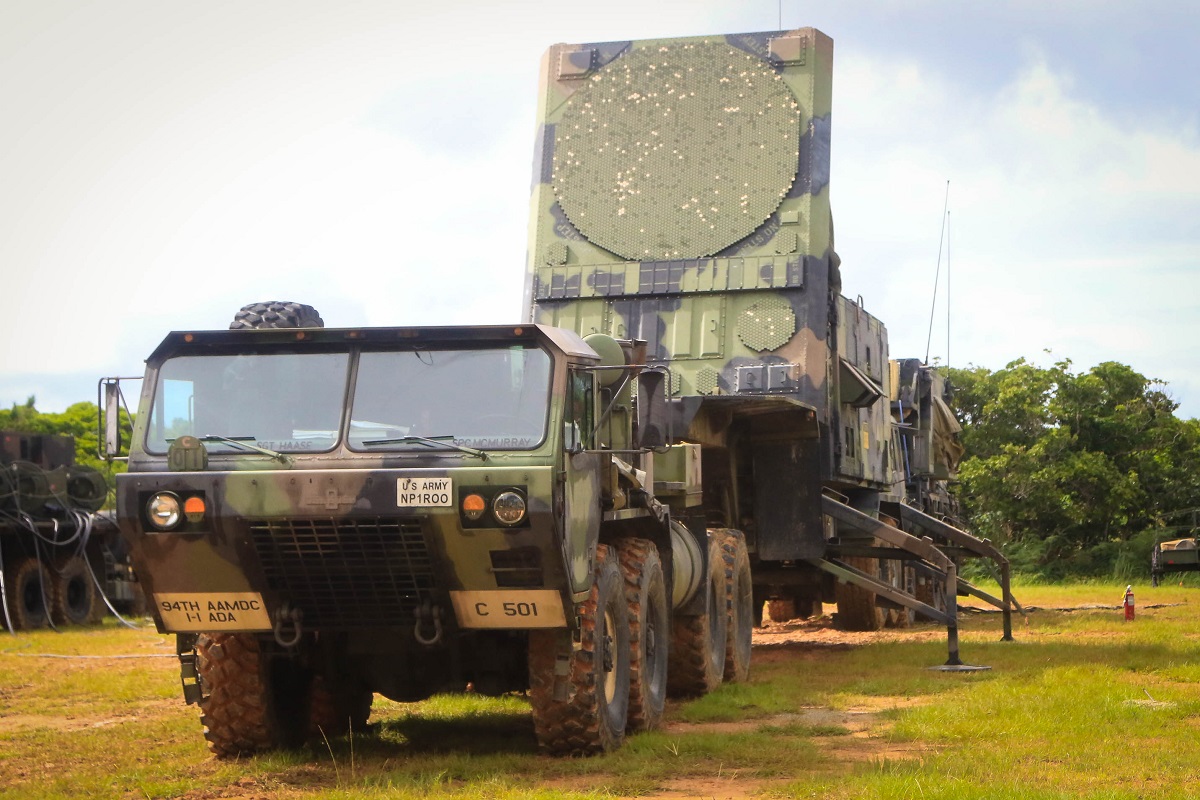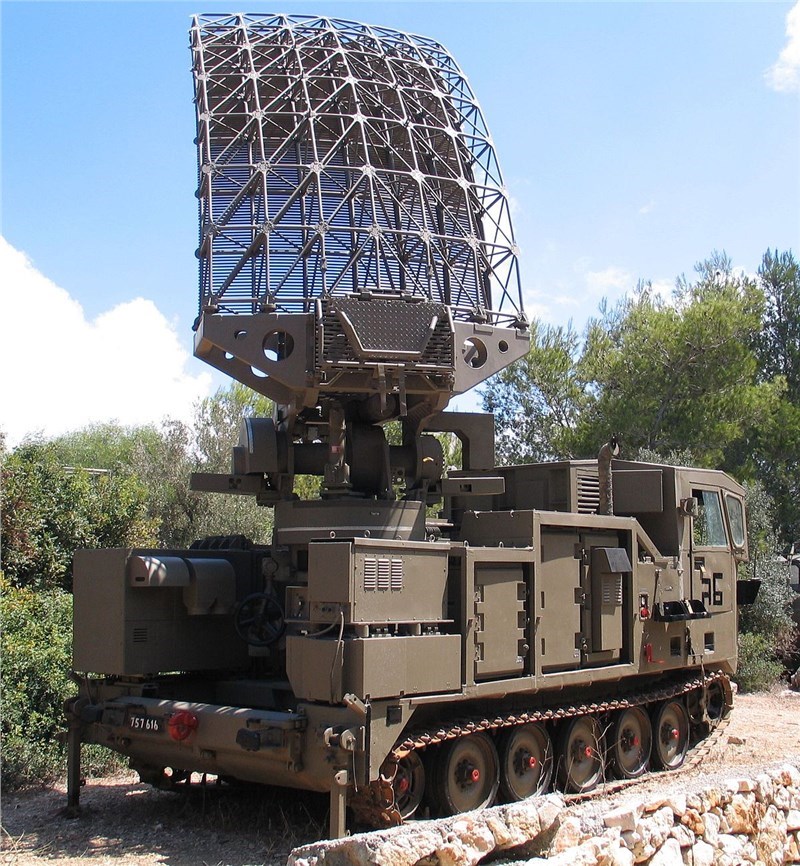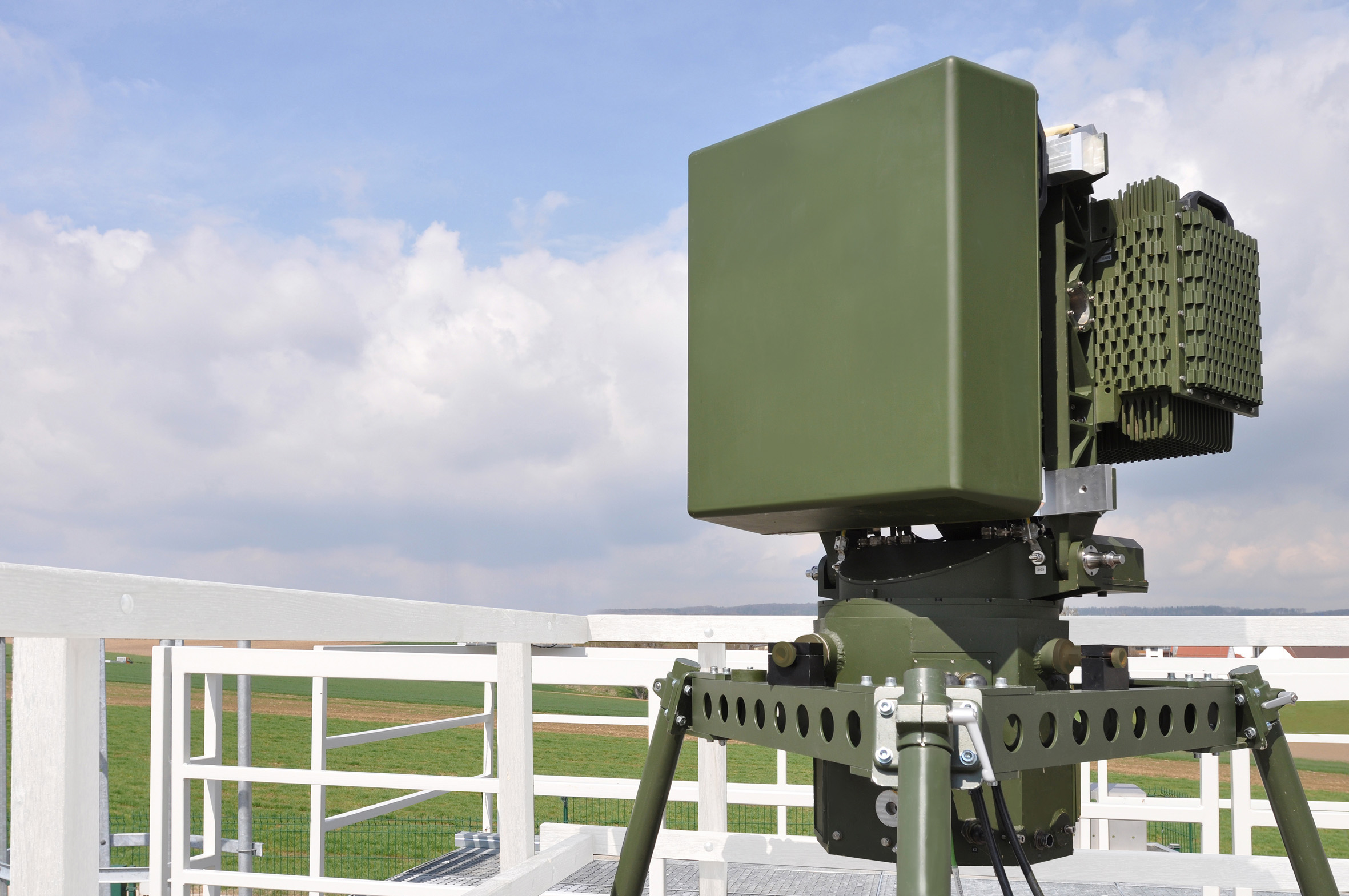Radar Military - For example, Lockheed Martin's TPY-4 uses a rotating active electronically scanned array (AESA) with gallium nitride (GaN) emitter technology to perform multiple missions simultaneously in a contested electromagnetic environment, and to detect and track with greater efficiency and reliability.
The all-new Sentinel A4 air and missile defense radar will provide improved capabilities to counter cruise missiles, unmanned aerial systems, helicopters and fixed-wing aircraft, as well as missile, artillery and mortar threats in contested environments. The Sentinel A4 includes advanced surveillance, detection and classification capabilities to protect US Army maneuver formations.
Radar Military
 Source: upload.wikimedia.org
Source: upload.wikimedia.org
This level of technology is a game changer for our military, enabling soldiers to operate in a safer combat environment while increasing the ability to deal with multiple threats. Aviation radar works like this: any aircraft you see on an airborne radar has a system that collects data at very short intervals.
Which Areas And Countries Does The Flight Radar Cover?
This data can be exact GPS position, speed, altitude or direction of flight. This data is now transmitted by a transponder from the aircraft and received on the ground by a receiving station. In principle, flight tracking covers all countries that offer suitable radar positions available free of charge for flight radars.
So, as a flight tracker, you can use radar anywhere in the world. Only on the ocean does it get difficult. Since radar coverage is often not available there, you won't be able to find long flights across the ocean.
But if the planes are still near the coast, they are usually still detected by radar. Want to follow your loved ones vacation live on Radar? Or know the destination of the airplane flying overhead? With our radar, you can monitor air traffic around the world in real time.
And become a flight tracker in no time. Radar shows civilian, military and small aircraft (including gliders) on maps of Germany, Austria, Switzerland and other countries. In addition, the flight radar shows you the airport and the flight plan corresponding to takeoff and landing.
Flight Tracker – Flight Radar Military And Civil Aviation
It not only receives data from radar radiation and the resulting display, but also uses the aircraft's transponder as a basis for information. It provides detailed information about flight altitude, speed and current route. In Germany, every aircraft carrying passengers commercially must have a transponder.
 Source: cloudfront-us-east-1.images.arcpublishing.com
Source: cloudfront-us-east-1.images.arcpublishing.com
A special ADS-B system captures the transponder signals of various aircraft around the world and combines them centrally. This information is then collected and displayed on a radar map. And appear to you as a flight tracker.
206,000 flights in the sky - a day! Although there are so many planes in the sky every day, the sky can get crowded during peak times. This flight does not include military aircraft. They account for a relatively small share of air transport.
On average, there are just under 42 million flights each year. The trend is upward. So, as a flight tracker, you get your money's worth. Threats to military and civilian assets are increasing in scope, diversity and ferocity every day.
What Does N/A Mean For Flight Radar?
In this tumultuous environment, the U.S. military and its allies need radar systems that can cover a wide variety of missions and adapt to an ever-changing landscape. Radar technology was originally developed to meet the demands and needs of the military.
Since then, there have been continuous improvements in radar technology to aid in military operations on land, in the air, and at sea. We will look at several types of radar used by the military to advance their interests and achieve their goals.
Lockheed Martin radars are designed with the highest degree of commonality and fully integrated systems. They can operate in any environment, are available in highly portable configurations, and are used globally. That's why Lockheed Martin's radar is the choice of more than 45 countries on six continents.
In this way, you see the plane flying in the sky, which is shown to you on the radar. A mandatory condition for this in most cases is a cloudless sky. Just check out our cloud radar.
 Source: www.asdnews.com
Source: www.asdnews.com
Why Do Airplanes Suddenly Disappear From The Map?
5. Tracking Radar This type of radar continuously tracks an individual target by angle (azimuth and location) and range to determine its path or trajectory and predict its future position. A single target tracking radar provides almost continuous target localization.
Conventional tracking radars can measure a target's location 10 times per second. A range finder radar is a typical tracking radar. Military detection radars use sophisticated signal processing to estimate a target's size or identify certain characteristics before a weapon system is activated against it.
These radars are sometimes called fire control radars. All of this digital data is then processed in real time to determine the range and trajectory of the detected object, as well as its threat level. Do we just follow the bird?
Is it an unmanned aerial vehicle, a cruise missile or a fighter jet? Is it friendly or hostile? With our real-time radar, you can follow these flights live and get interesting data about them. On average, commercial aircraft travel at an altitude of 11 kilometers and fly at a speed of less than 900 km/h to their destination airport.
What Does Flight Tracking Cost?
Military jets can go faster than this: their maximum speed can be twice the speed of sound (ie just under 2,500 km/h). They often fly above the airspace of commercial aircraft at altitudes of up to 14 kilometers.
You've probably noticed this by now: you're looking at a flight tracker, you see an interesting plane, and of course you want to know where that beautiful plane is flying to. But to your great dismay, you realize that the arrival point only says N/A.
N/A is this really an airport? And so where is it? Perhaps this has happened to you: you are tracking a flight on the map, and suddenly, without notice, the plane disappears from the map with its icon.
 Source: www.asianmilitaryreview.com
Source: www.asianmilitaryreview.com
Dont have to worry. In most cases, the plane does not land quickly or crash, but the transponder signal is interrupted for a moment. This can have various reasons. For example, if the transponder is manually disabled by the pilot.
What Do Blue Aircraft Or Aircraft With A Circle Mean In Aircraft Radar?
This always happens after landing, for example. But it is also possible that the power supply in the plane is damaged or for a short time. But often after a short time the plane reappears on the tracking radar.
And you can continue to follow the flight in peace. 6. Phased grating radar with electronic scanning. Electronically scanned array phased array antennas can rapidly shift their beam from one direction to another without mechanically moving the large antenna structure.
Agile beam switching allows the radar to track multiple targets simultaneously and perform other functions as needed. The Army, Navy and Air Force are the primary users of electronically scanned array phased array radars. Before you decide to Google the airport, let's solve this mystery.
N/A means no more than that the arrival airport is unknown. The reason is that the destination airport information is not transmitted via the transponder. This can be set deliberately by the pilot if, for example, he does not want flight path information to be publicly available.
Combine Flight Tracking
The use of flight tracking is free for you and does not involve any obligation. However, certain premium content in flight radar (such as displaying detailed information about aircraft) is associated with additional fees. However, in terms of basic functionality, you're unlikely to be at a disadvantage with an independent flight radar.
Evaluation of this data takes place in a real-time flight tracker. This allows you to follow all flight movements on the screen at the same time. By the way, experts call this tracking method ADS-B. 3. High resolution radar.
 Source: www.hensoldt.net
Source: www.hensoldt.net
It is a pulse-type radar that uses very short pulses to obtain target resolution ranging in size from less than one meter to several meters. It is used to detect stationary or stationary targets in clutter and to distinguish one type of target from another and works best at short ranges.if(typeof ez_ad_units!='undefined'){ez_ad_units.push([[250,250],' lidarradar_com-
medrectangle-4','ezslot_4',163,'0','0'])};__ez_fad_position('div-gpt-ad-lidarratar_com-medrectangle-4-0'); If the aircraft is far from the radar station, it can be very difficult to track it using ground-based radar. This is partly due to the fact that transponder signals cannot be received over long distances, even due to the curvature of the earth.
How Does An Airborne Radar Work?
1. Simple pulse radar This type is the most typical radar with a waveform consisting of repeated pulses of short duration. Common examples are long-range air and sea surveillance radars, long-range radars and meteorological radars. There are two types of pulsed radars, which use a Doppler shift of the received signal frequency to detect moving targets such as aircraft, and to reject unwanted large echoes from non-Doppler-shifted stationary obstacles.
Weather plays a very important role in aviation. We are also aware of it. In addition to our flight tracker, you will also find other radars such as Thunderstorm or Thunderstorm Radar. For example, if you see a storm coming, you can also see on the flight radar that the plane is avoiding the storm or flying to another airport.
This often results in interesting flight paths that you can see on the tracker radar! With extensive experience in developing and delivering land-, sea- and air-based radar solutions for our customers, our high-performance and reliable radar systems specialize in counter-targeting, early warning, situational awareness and integrated air and missile defense.
. The dome, just over 100 feet tall, is mounted on a portable, partially submersible platform to stabilize itself in high winds. In total, the SBX rises about 280 feet from the keel to the top of the white dome.
2. Moving target indication radar (MTI). By detecting Doppler frequencies, the MTI radar can distinguish moving target echoes from stationary objects and interference and reject the interference. The waveform is a low PRR pulse train to avoid range ambiguity.
 Source: assets.newatlas.com
Source: assets.newatlas.com
This means that range measurements at low PRR are good and speed measurements are less accurate than at high PRR. The appearance of military transport aircraft and helicopters is very different from the appearance of civilian transport aircraft and helicopters.
However, you are shown a military plane or helicopter when you click on the plane/helicopter icon and view the photo. Flight numbers and special callsigns such as VIRUS, PANTER, HAWK, METAL, STONE, RRR, MC, LION, PITT, USAF or BAF also indicate military aircraft.
To understand how airborne radar works, we need to briefly review the different radar models. In aviation, primary radar and secondary radar play an important role. Primary radars emit radar beams that are reflected from objects in the air.
These objects can be airplanes, helicopters, gliders, balloons, as well as animals such as birds or even large swarms of insects. For a flight tracking system, this basic radar quickly becomes confusing. For this reason, there is also a secondary radar.
Use the mouse to move the map until the plane is in the upper area of the map. Now you should be able to click on it and see its information. Use the + and – buttons to zoom in or out on the map For this reason, since 2020, aircraft are also received by satellites using transponder signals.
To do this, a specially designed receiver is attached to the satellite, which can pick up the signal and transmit it to the ground station in real time. These waves can be intercepted and reflected by objects—perhaps metallic objects, such as aluminum-clad aircraft or rockets, or fluid objects, such as precipitation.
Waveform reflections help radar operators determine many characteristics of the object - distance, direction, speed, shape, range, etc. 9. Scatterometer. These radars are used on aircraft or satellites, and usually their antenna beams are oriented on different sides of the trajectory vertically below them.
Scatterometers use measurements of the variation in return echo power as a function of angle of incidence to determine the wind direction and speed of Earth's ocean surface.
military radar live, military radar online, live military aircraft radar tracking, us military radar, military radar market, military radar tracker, types of military radars, military radar aircraft
0 Comments